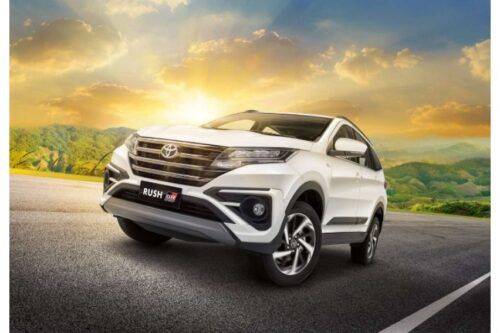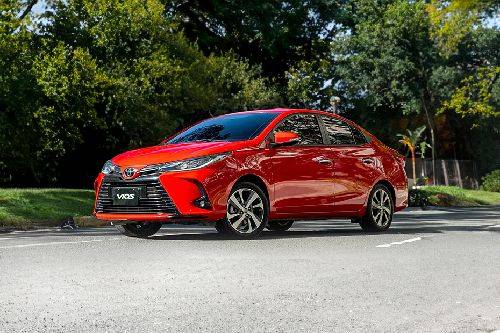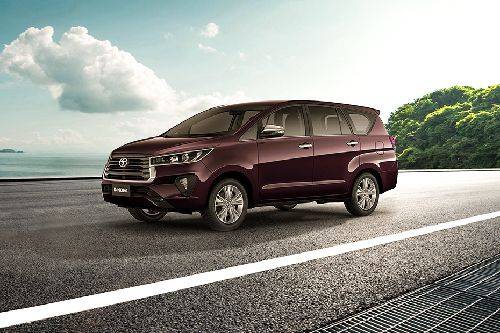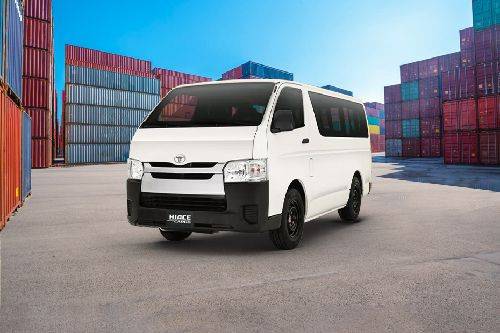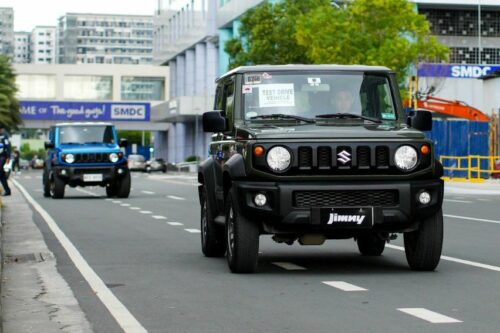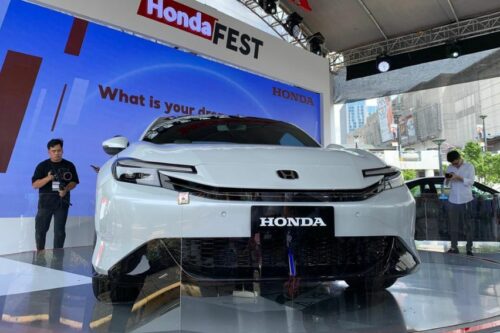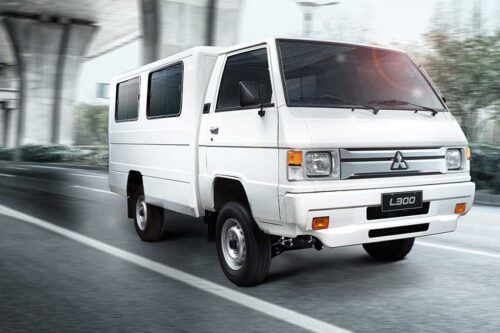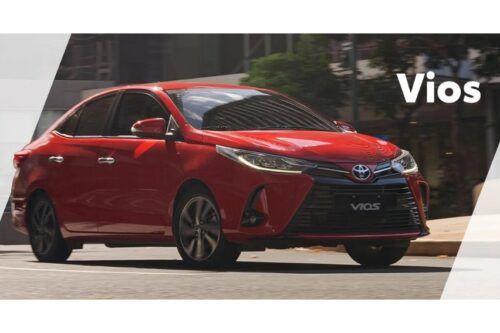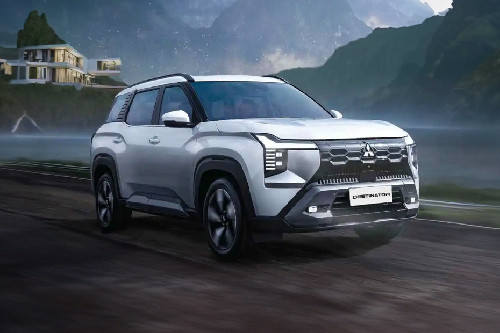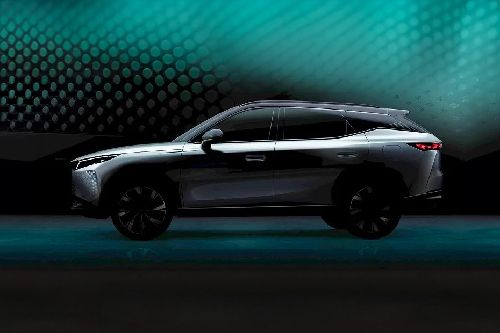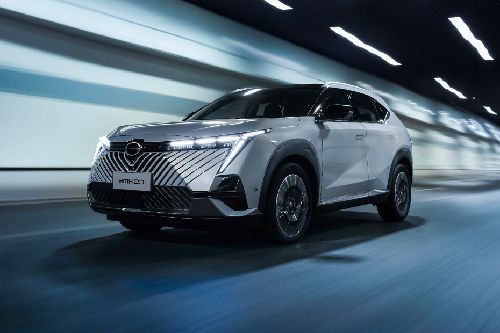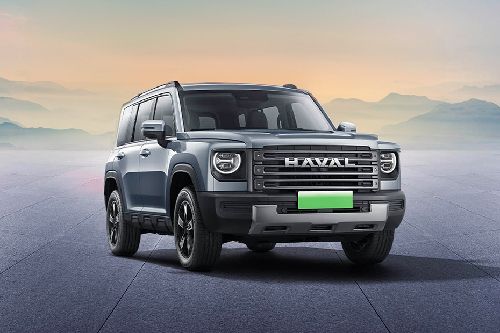Honda BR-V vs Mitsubishi Xpander vs Toyota Rush - Spec Review
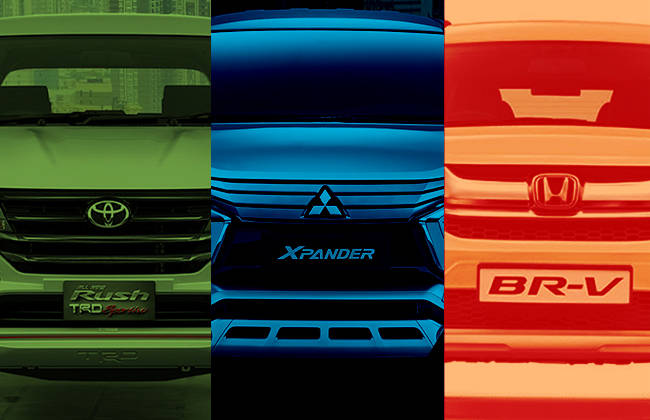
7-seater vehicles are the current hot-shots in the automobile market. Be it large SUVs or mini MPV, if it has a third row, they usually turn out to be the best sellers. This gives us a hint as to what may be the next trend in the automobile market?
Automakers are putting efforts to fit in extra seats in the vehicles and one of the latest segments to try it out is the subcompact SUV group. Slightly bigger in size when compared to the 5-seater, these vehicles offer extra space without extra bulk. Currently, this segment of the market is captured by one single car. However, there are two new rivals arising this year.
The Rivals
It will be fair to say that the Honda BR-V kick-started the idea of compact 7-seater SUV in the Philippines market. At present, it is the only SUV to feature a 3-row seating. Even though the vehicle is slightly compact than the HR-V, it made commendable use of the cabin area with a decent amount of space for all the three rows.
This year, however, the Honda will face cut-to-cut competition from Mitsubishi and Toyota with their contenders the Xpander and Rush, respectively.

The Mitsubishi Xpander is the production variant of the XM concept which came into the Asian news last year. Titled as a ‘crossover-MPV’, Mitsubishi is taking ‘two targets with one arrow’ simply by combining the features of SUV and MPV in a single vehicle. It marks itself in the segment of 7-seaters with raised ride height.
On the other hand, Toyota Rush recently made its local debut. Unlike its rivals, Toyota Rush sticks with the body-on-frame design. It is very similar to Toyota Avanza, but with a longer body. While the Rush has been exposed to the Philippines for the first time, it received a lot of love as a small SUV in the neighbouring Asian countries. Will it be same as the Philippines?
1.5-litre engines
In spite of having 7-seats, all of the three models have one thing in common when peeping under the hood. The three SUV’s are powered by a 1.5-litre engine and it is the only thing common.
The BR-V utilizes the most from this small capacity engine producing a 120 PS and 145 Nm of torque, making it a top competitor. The Xpander produces a 105 PS and 141 Nm of torque, ranking second in the segment. The third in the list is Toyota Rush producing 104 PS and 136 Nm of torque.

The drivetrain differences in each of the model result in the difference in power. The Rush is the only model in this segment which transmits the power to its rear wheels. The BR-V is equipped with a variable transmission or CVT. The Xpander and the Rush comes with a 4-speed automatic transmission. However, rumours have it that the upcoming models might also come with 5-speed manual transmission as well.
Ground clearance
One prime reason that people prefer SUVs over other vehicles is the ride height. As these cars fit into the SUV segment, let us check out the ground clearance each of them has to offer.
The Rush is marked at a height of 220 mm from the ground and this makes it as heightened as the regular SUVs. The Xpander has a ground clearance of 205 mm which is still worth it. The BR-V has the minimum clearance of all and sits at a height of 201 mm and it is still higher when compared to the regular sedans and hatchbacks.
However, one should be aware of the fact that higher ground clearance doesn’t make any car an off-roader. To start with, none of these cars offer 4-wheel drive. However, the higher ground clearance will boost your confidence on rough roads.

Cargo space
While extra rows for extra seats are definitely a bonus, it does affect the cargo space. So, how does each model conceal their third-row seats?
Toyota Rush and Honda BR-V have pretty simple mechanisms. Just fold the backrests and pull down a lever to lean the entire seat forward. Then you need to hook it with one of the second-row headrests and secure it.
As for the Xpander, it has an advantage over the Honda and Toyota, by being able to fold the entire last row flat. It is a single step process of pulling one tab to either set. The second row can fold flat as well and this gives more cargo space to the Xpander to make it a winner.
Conclusion:
All the three cars offer a complete package on one front or the other. It is, therefore, consumers discretion to pick the one that best suits their requirement.
Sell your car at the best price
 Verified and genuine buyers
Verified and genuine buyers
Toyota Rush vs Mitsubishi Xpander Comparison
Toyota Rush Related Stories
- News
- Featured Stories
- Expert Review
Toyota Car Models
Don't Miss
Trending & Fresh Updates
- Latest
- Popular
You might also be interested in
- News
- Featured Stories
Toyota Featured Cars
- Latest
- Upcoming
- Popular
Latest Toyota Rush Car Videos on Zigwheels

Compare & Recommended

|

|

|
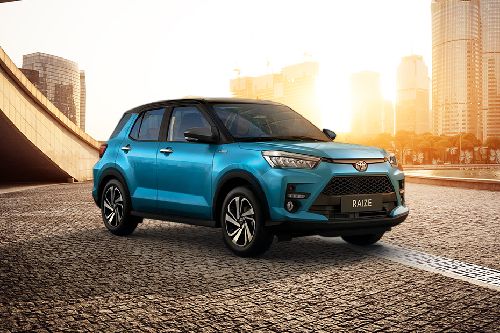
|

|
|
Seating
7
|
7
|
7
|
5
|
4
|
|
Fuel Type
Gasoline
|
Gasoline
|
Gasoline
|
Gasoline
|
Gasoline
|
|
Engine
1496
|
1496
|
1498
|
1198
|
1462
|
|
Power
102
|
105
|
119
|
87
|
101
|
|
Torque
134 Nm
|
138 Nm
|
145 Nm
|
113 Nm
|
130 Nm
|
|
Transmission Type
Automatic
|
CVT
|
Manual
|
Manual
|
Manual
|
|
|
Trending SUV
- Latest
- Upcoming
- Popular
Toyota Rush Car Articles From Carmudi
- journal
Compare
You can add 3 variants maximum*- Brand
- Model
- Variant






